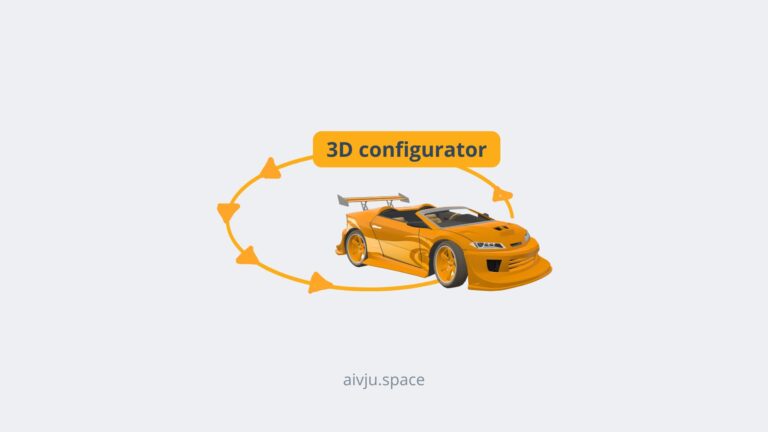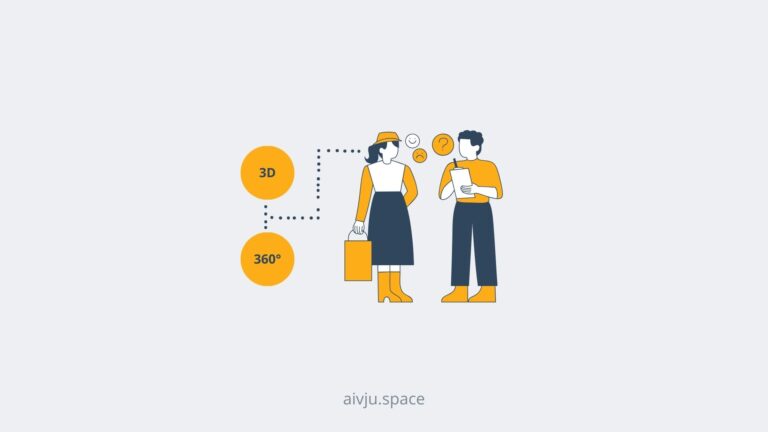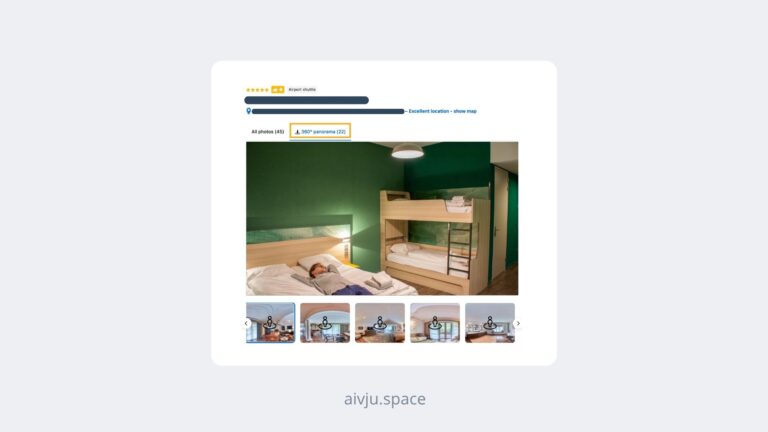Let’s face it … people are tired of traditional ads. Most people scroll past them, skip them, and sometimes don’t even notice them or see them (for example with AdBlock).
In a world full of advertisement, where majority of people ignore online advertising, how can brands break through the noise? The answer is 100% NOT louder messaging… but it’s memorable experiences.
And that’s where experiential marketing comes in.
Instead of just telling people about your product, experiential marketing lets them see, touch, feel, or interact with your brand in a real and memorable way.
What Is Experiential Marketing?
Experiential marketing (also called engagement or live marketing) is all about creating real-world or digital experiences that let people connect with your brand.
Think pop-up installations, immersive events, product samplings, brand activations, virtual reality experiences, or even surprise flash mobs.
The goal is simple: make people feel something, so they remember your brand and talk about it.
Why Experiential Marketing Works?
People loves exploring new things which they like because they can have something positive to remember.
1. People Remember Experiences (Memory > Brand message)
We as a people forget most ads and messaging. But when something makes us feel excited, surprised, or happy, we remember it. That’s the power of experience.
According to EventTrack, 91% of people say they feel more positive about a brand after an event or experience.
2. People Share what they like (Shareability = Free Advertising)
When someone has a cool experience, they post about it. And for us business people that means free exposure for your brand.
Experiential campaigns are designed to be visually pleasing and be “Instagrammable” … and therefore potentially socially viral.
3. Builds Real Trust and Brand recall by being transparent
Allowing people to try before they buy builds confidence and credibility. And it feels much more honest than a flashy ad which they do not care about.
Retail Dive reports that physical experiences build trust and humanize digital-first brands.
And also According to EventTrack, 70% of consumers become regular customers after an experiential marketing event. So, broadly speaking human emotions and hands-on engagement is much more memorable than passive advertising.
4. Collects Helpful Data
You can learn a lot from your audience through sign-ups, feedback, or simple games (without being intrusive).
Also need to mention here that not only offline data can be collected, but you can also collect all sorts of data with interactive online experiences (such as virtual tours or interactive 3D models).
5. Unique experiences differentiate your brand from competitors
In saturated industries, unique brand experiences cut through the clutter and give people a reason to talk about your brand (even though your product is normally not sexy enough).
Real-world Examples of Experiential Marketing That Worked
- Coca-Cola’s “Happiness Machine”
A vending machine that randomly gave out flowers, snacks, and surprises. It made people smile and went viral with millions of view. You can see the this experiential marketing campaign in action on YouTube
- IKEA Sleepover
IKEA invited customers to sleep in their store (showroom). And it also included bedtime snacks, massages, and a choice of mattresses. And the results? People loved it and the media couldn’t stop talking about it (YouTube video here)
- Nike’s House of Innovation
Nike built an interactive store combines customization, AR displays, and real-time testing zones. It’s not just a store, it’s a playground! From our knowledge there are more of those shops around the world … at least we know about one in NYC and one which we visited is in Paris (Av. Des Champs-Élysées) which feels more like a futuristic museum of technology than classic mall experience.

Tips to Create a Successful Experiential Marketing Campaign
Know your audience
What do they enjoy? Where do they spend time? Design for them.
ProTip: Use personas and behavioral data to craft relevant experiences.
Tell a story and don’t talk about your product too much
Make your experience feel like part of a bigger journey and use your brand’s narrative … don’t just create cool a one-time thing.
Mix physical and digital tools
Use QR codes, VR devices and AR filters, or hashtag campaigns to amplify reach and engagement of a physical event or real experience.
Measure the results
Track how many people attended, shared, or signed up. Use that info to improve next time.
ProTip: Track attendance, lead conversions, dwell time, and social media impressions. Platforms like Splash, Bizzabo, and HubSpot Events can help.
Final Thoughts
If you want your brand to stand out and be remembered, give your audience something to experience (not just something to look at).
Experiential marketing isn’t just a trend, its about creating stories your customers can live and experience. And in a landscape where digital overload has numbed our attention, experiences that engage the senses and the heart stand out.
So in different words … if your brand wants to be remembered, don’t just advertise. Create a moment worth remembering.




